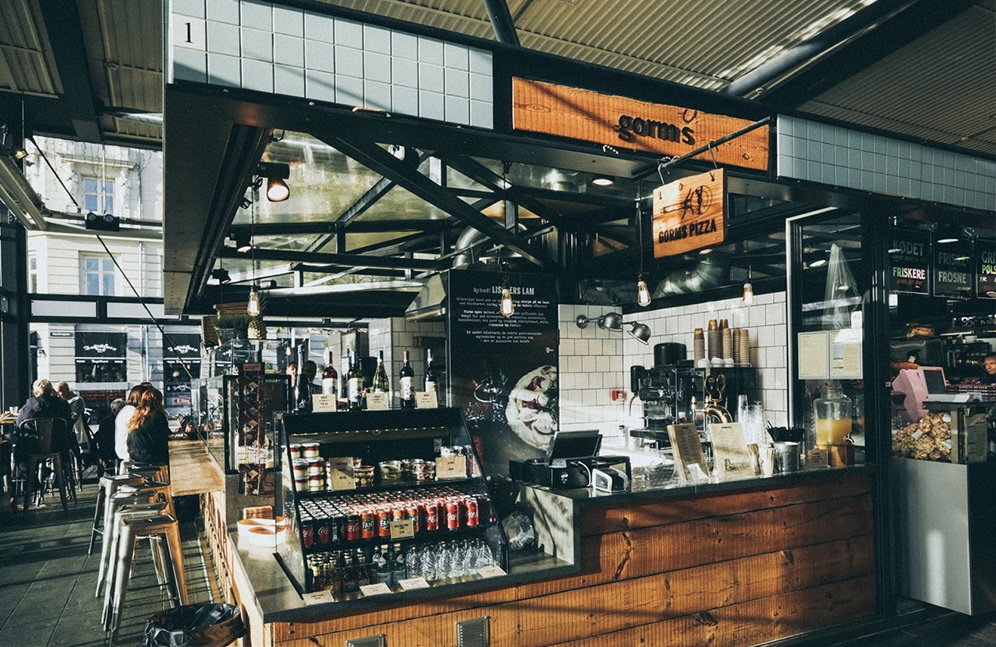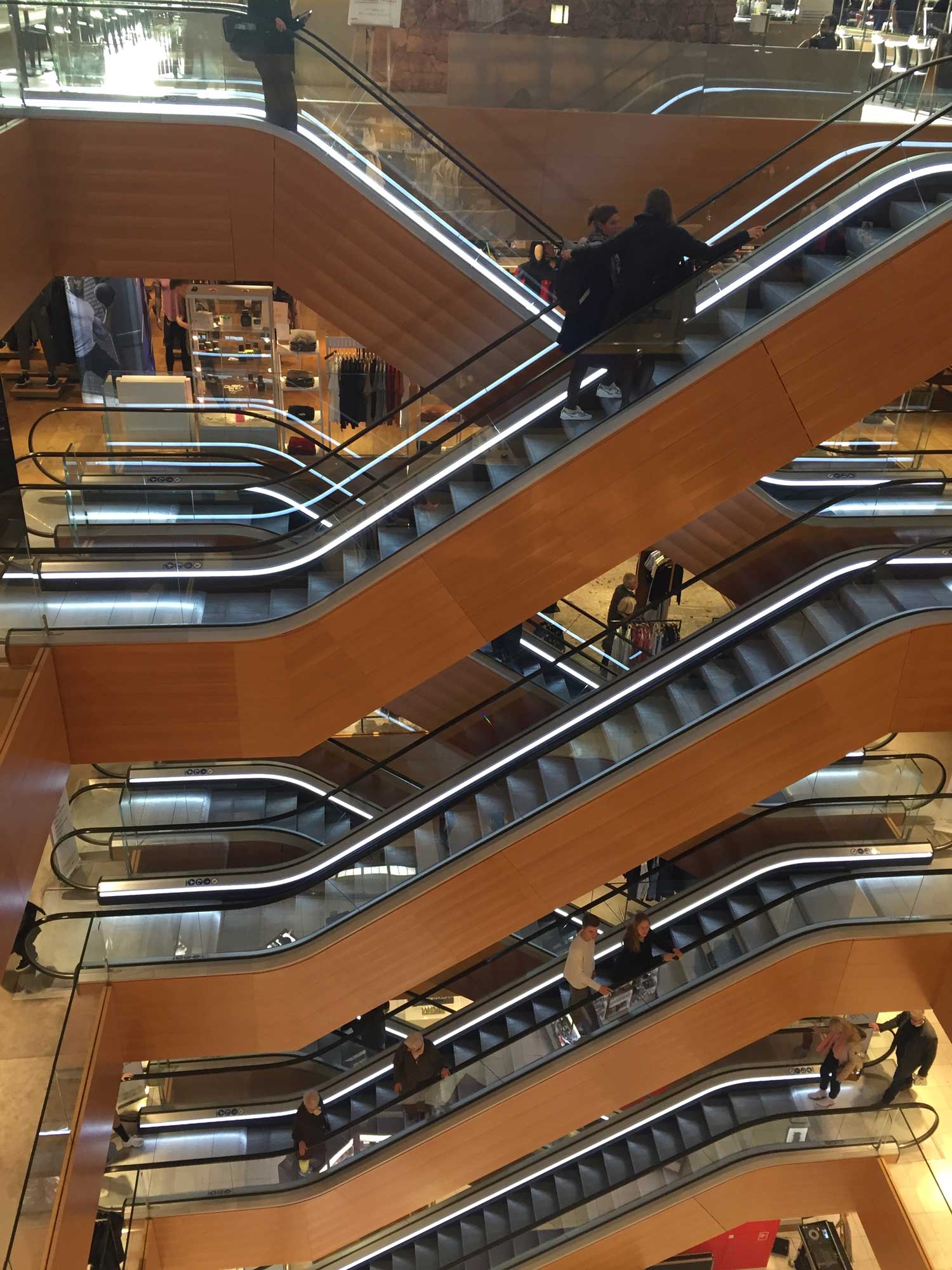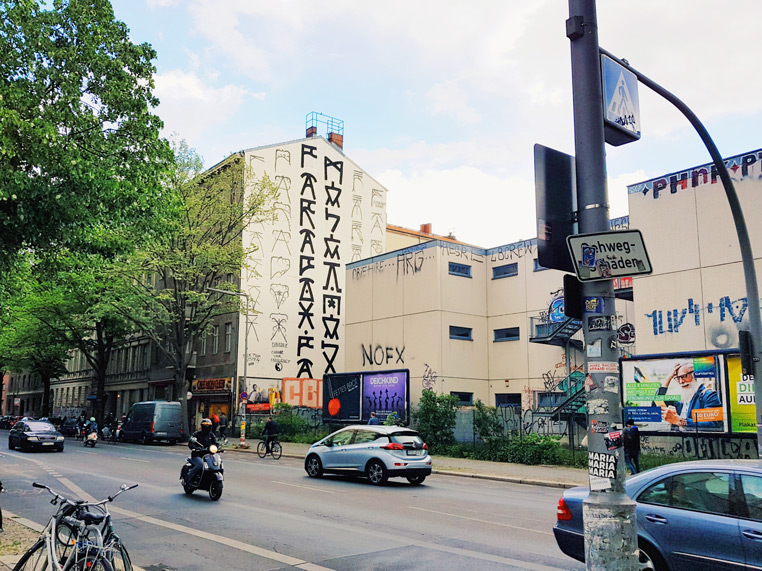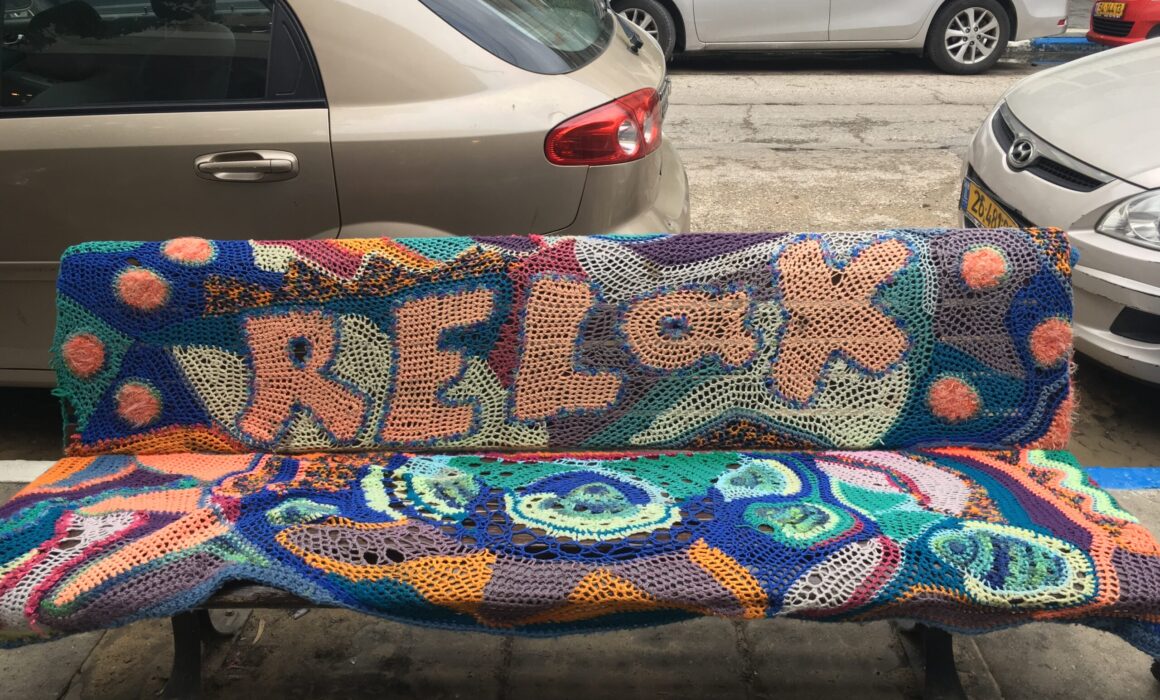How Copenhagen Airport introduces City Branding
How my arrival experience at Copenhagen Airport informed my understanding of a city brand.
Do first impressions really count?
When it comes to place branding, the answer is a resounding yes—but it’s not as straightforward as branding a product or service. Places are subjective, multi-layered, and involve countless stakeholders. There’s rarely a single executive team or a clear USP. This makes it tricky to define, measure, or control.
On a recent trip to Copenhagen—my very first—I experienced a place where brand and city worked together seamlessly, without a single marketing campaign or logo in sight

The Airport: Subtle Signals of Identity
Stepping off the plane at Copenhagen Airport, my first impression was familiar: a sense of blandness, a feeling I could have been anywhere. But as I looked closer, subtle details started to emerge.
The clever use of materials, including the signature Danish plywood, combined with open, bright spaces and abundant natural light, immediately suggested something unique. It wasn’t shouted at you—it was quietly embedded in the space, a first clue to the city’s values.
The Journey to the City: Design as a reflection of values
Navigating the simple, intuitive wayfinding brought me to the train platform. Twenty minutes later, I was heading straight into the heart of Copenhagen.
Even on a train, the city’s brand was evident. The space was clean, spacious, and designed with attention to detail that subtly communicated care for its citizens.
A small overhead socket for a music player caught my eye—but it was the tray table that truly impressed me. With a simple push, out slid a walnut-veneered ply table with a brushed steel, recessed cup holder. Practical, elegant, thoughtfully designed. In that moment, I understood how Danish values—quality, functionality, and respect for people—permeate everyday life.
Place branding at it’s purest
There was no flashy campaign, no tagline, no promotional stunt. Yet I felt I had experienced the city’s brand in its purest form. Every detail, from materials to user experience, communicated a consistent message: this is a place that values its people and their experience.
For city planners, marketers, and designers alike, Copenhagen demonstrates that first impressions matter—but they’re not just about spectacle. They’re about embedding values into every touchpoint, quietly, intentionally, and thoughtfully.

Conclusion:
Place branding doesn’t always need slogans, logos, or campaigns. Sometimes it’s simply about how a city feels to the person walking through it—an experience communicated through design, attention to detail, and everyday interactions. Copenhagen, in its airport and train journey, embodies this principle perfectly.





